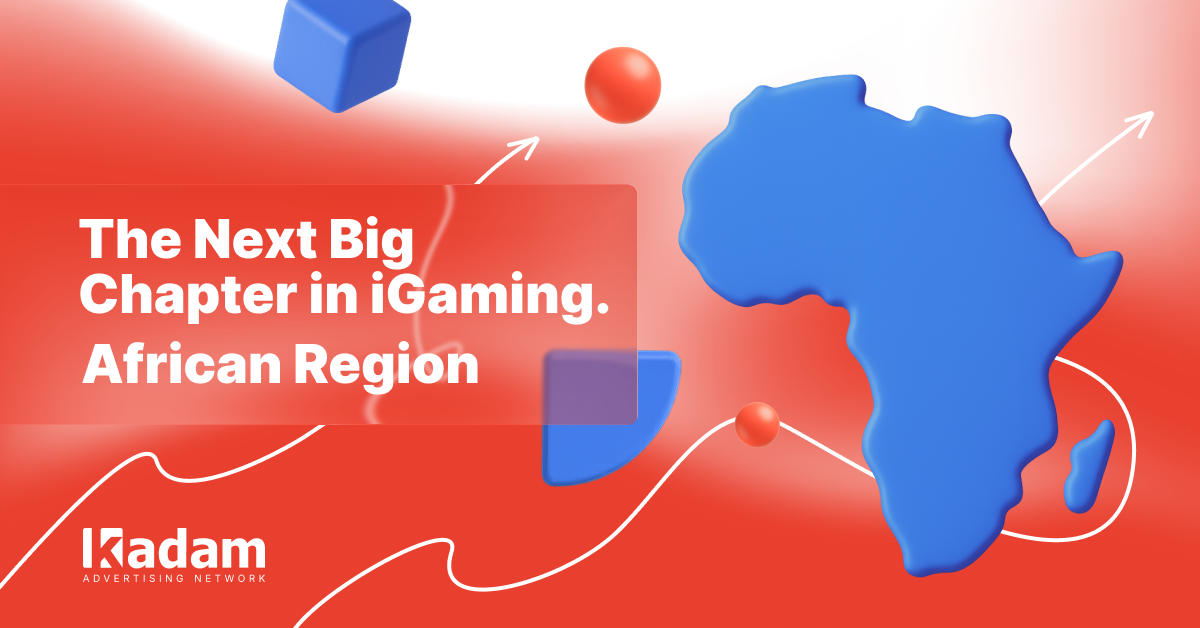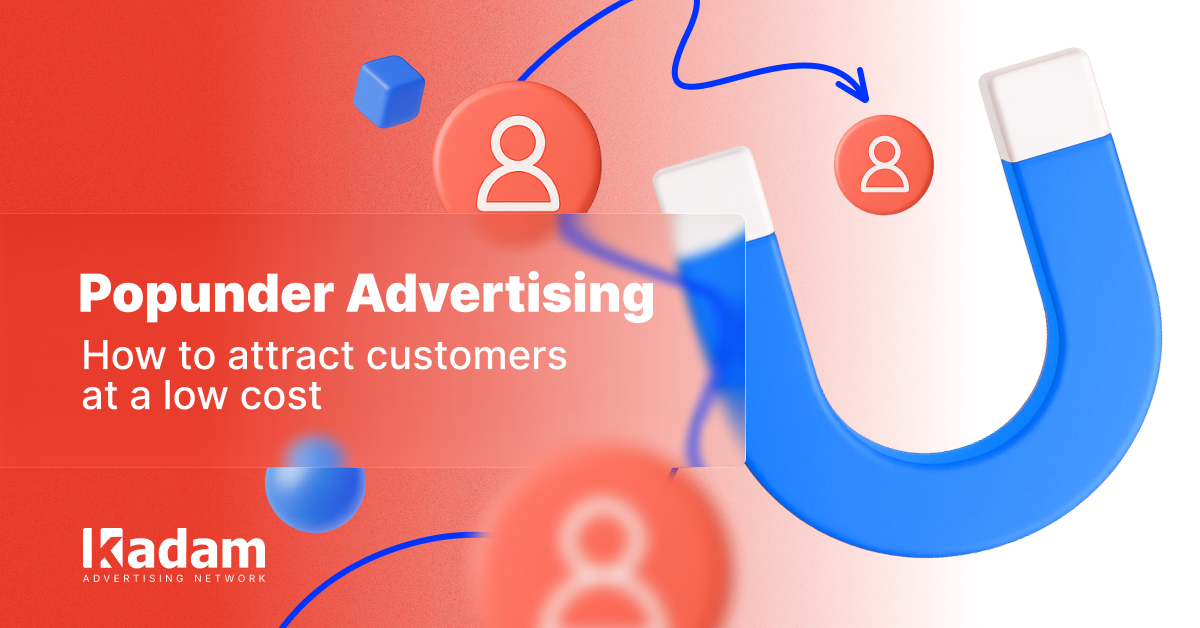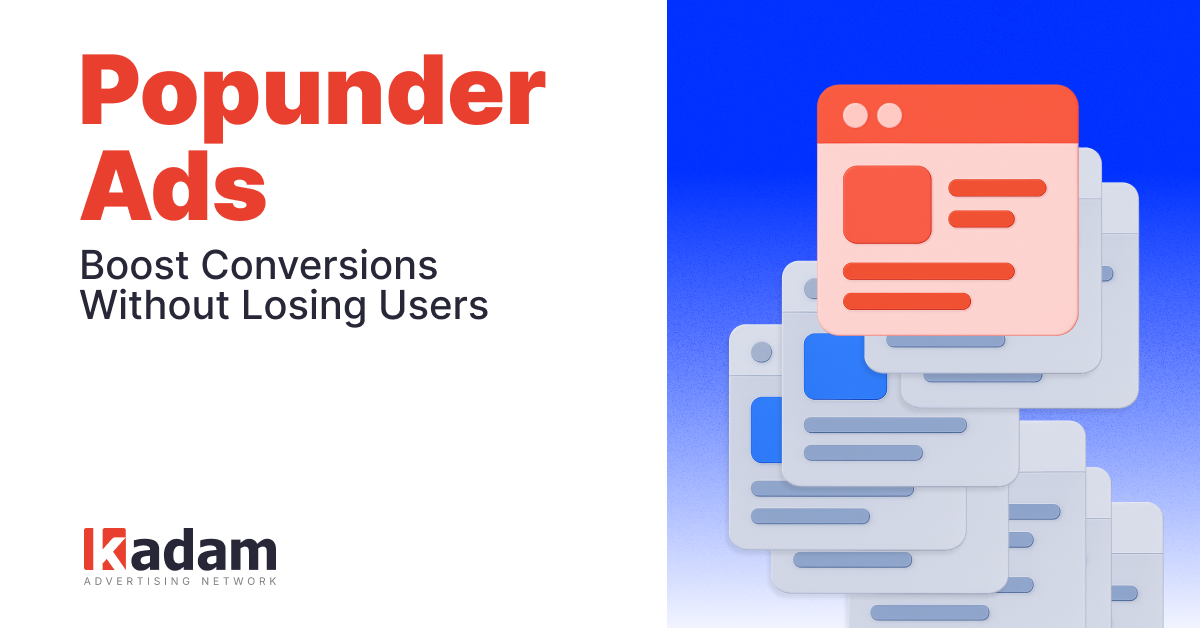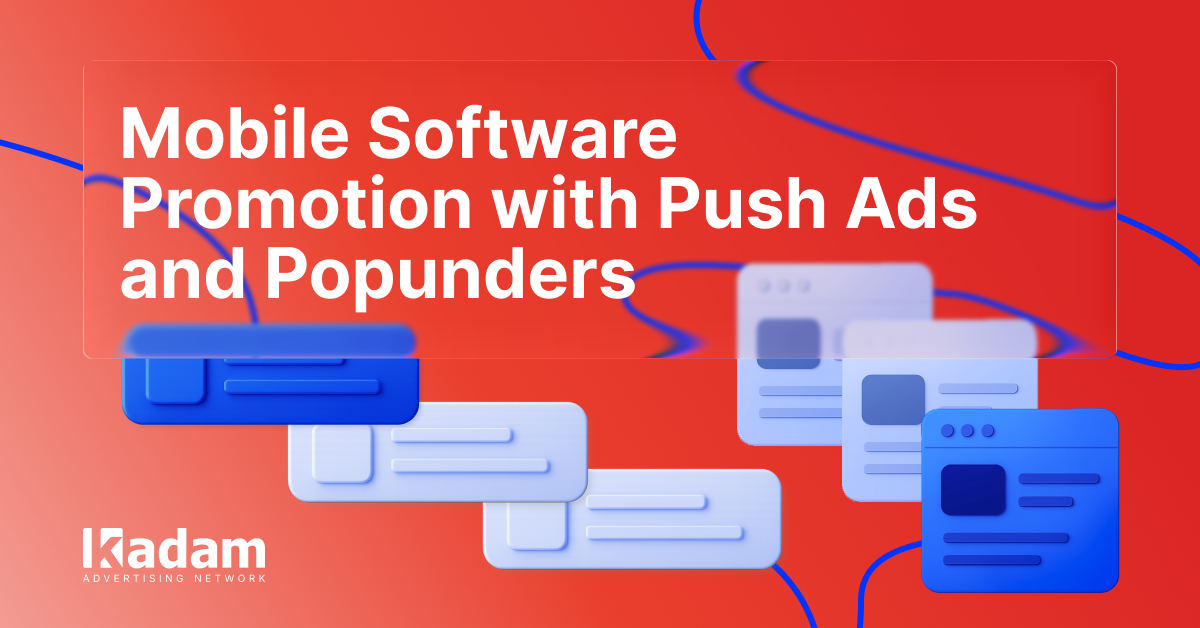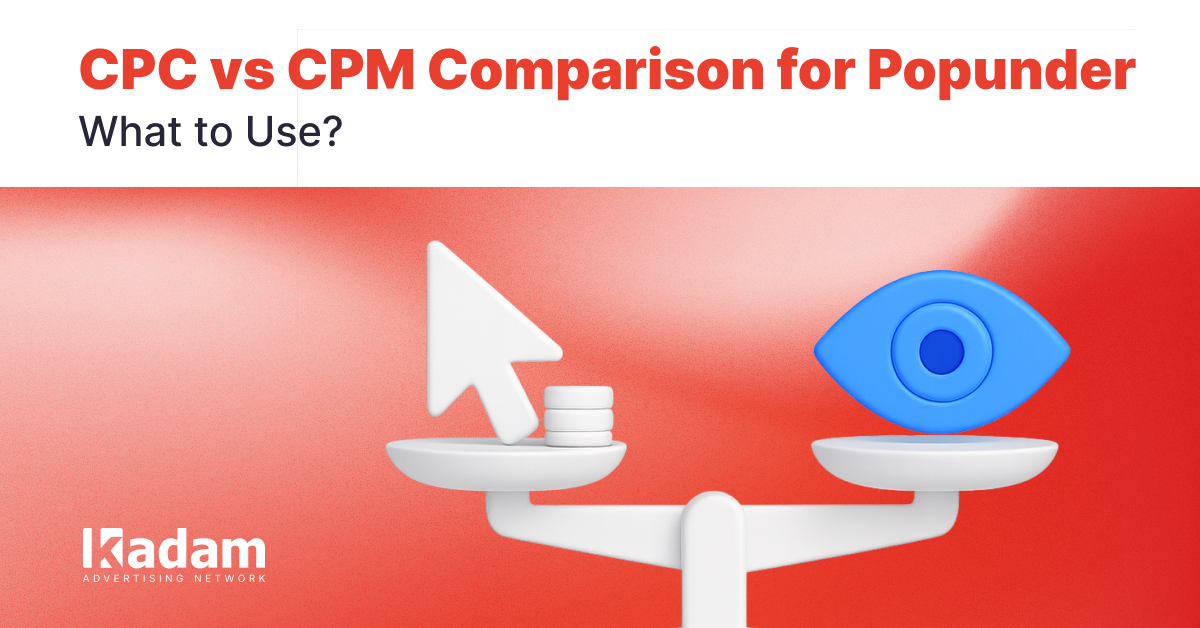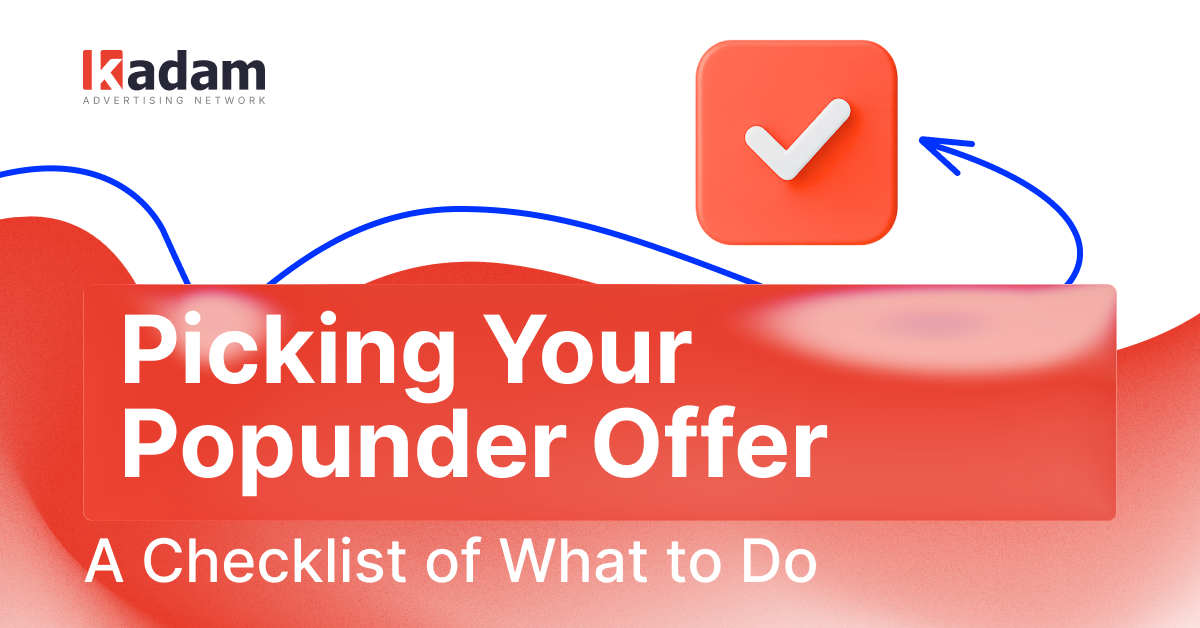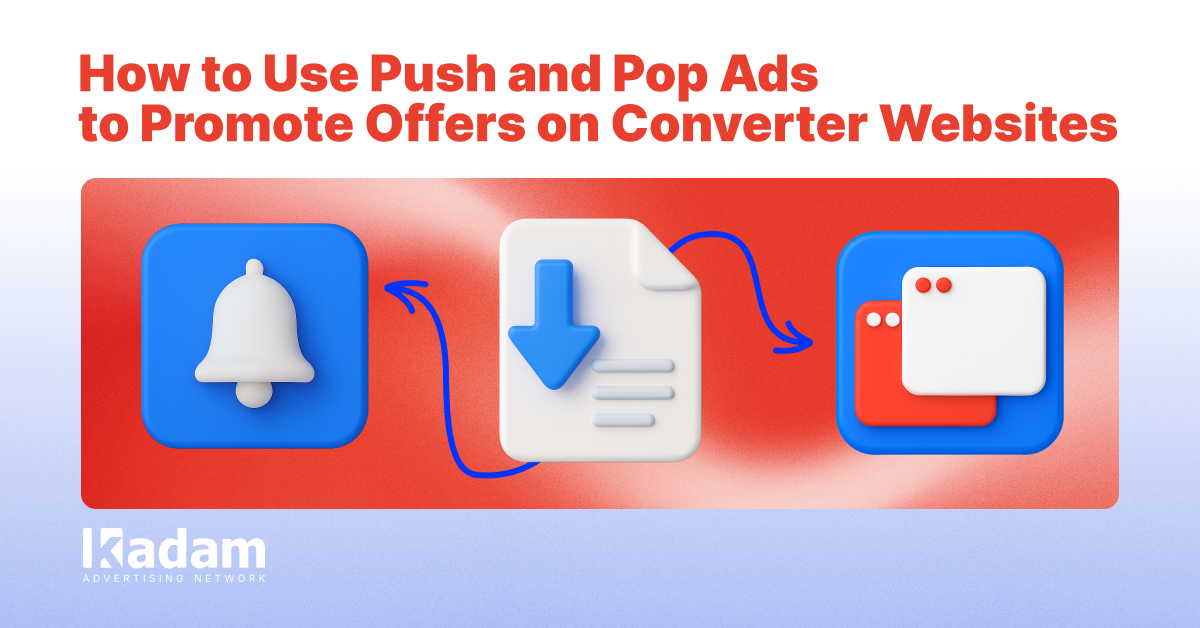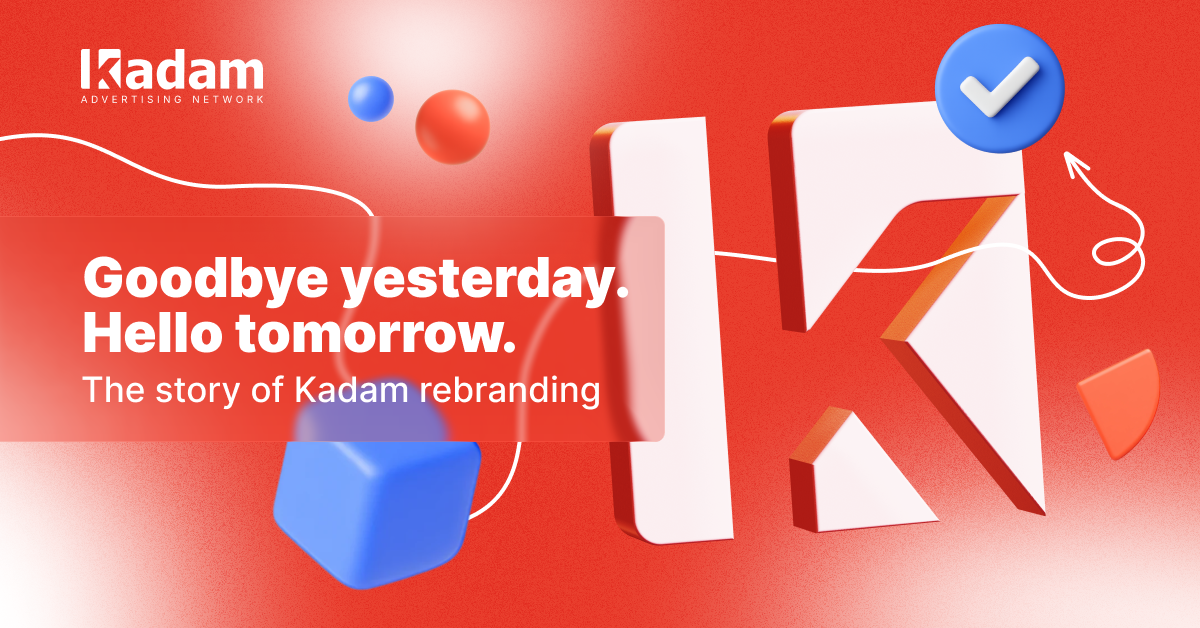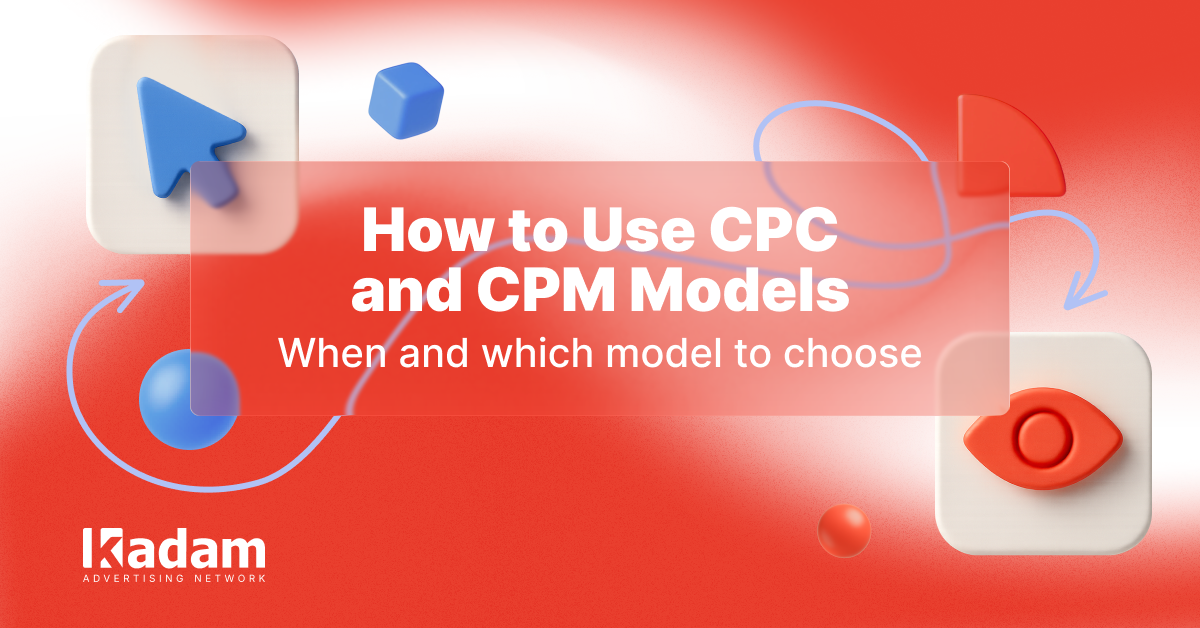
How to Use CPC and CPM Models in Arbitrage in 2025
Cost per click (CPC) and cost per mille (CPM) are two of the most commonly used pricing models in traffic arbitrage, each with its own pros and cons. In this article, we’ll explain the differences between each model and help you determine which is right for you.
19 Sep 2025
Cost per click (CPC) and cost per mille (CPM) are two of the most commonly used pricing models in traffic arbitrage, each with its own pros and cons. In this article, we’ll explain the differences between each model and help you determine which is right for you.
What Are CPC Models in Traffic Arbitrage?
As the name suggests, the cost per click pricing model is one where advertisers pay when their ad is clicked on. This reduces wasted spend, as you only have to pay for interested users.
What Are CPM Models in Traffic Arbitrage?
Unlike CPC, the cost per mille pricing model is based on ad views, not specific actions, and is thus good for broad exposure. With CPM, you pay for every 1,000 impressions your ad gets.
CPC vs CPM: Key Differences
The main difference between CPC and CPM is that they have different payment triggers. In the case of the former, advertisers pay for every click; with the latter, they pay for every 1,000 views. This usually means that CPC models are lower-risk, while CPM models are more easily scalable.
When to Use CPC Models
CPC pricing models are best for performance-driven marketing with a restrictive budget, being most effective for advertising with a focus on lead generation or sales. They are also good for testing new audiences and measuring the effectiveness of different creatives, as they provide deep insights into CTR (click-through rate) and scaling potential.
When to Use CPM Models
If you’re looking to increase brand awareness and reach a broader audience without breaking the bank, CPM pricing might be your best bet. New startups or smaller businesses still working on developing their advertising approach may find this model especially appealing, though it can still prove useful for large-scale campaigns.
Calculating Profitability for CPC and CPM Campaigns
Since CPC is based on clicks and CPM is based on impressions, each requires a different calculation to determine ROI (return on investment). In both cases, however, you’ll basically have to compare your revenue against total ad spend.
Formulae for Calculating ROI
For CPC, first calculate your average cost per click, then your cost per acquisition (CPA), which is the total cost of generating one conversion. If your revenue per conversion exceeds your CPA, you are profitable.
For CPM, first determine your effective revenue per 1,000 impressions, or eCPM. Then calculate your CPA and compare it with your revenue per conversion to assess profitability.
Factors Impacting Cost Efficiency
Cost efficiency is impacted by a range of different factors. For example, traffic source quality and ad networks determine whether you have low or high-value visitors to your site, with high-value users resulting in more conversions. Landing speed and creative relevance also play a role by driving CR. Finally, GEO has an impact on cost, too, with arbitrage bids in Tier 1 regions being more expensive than those in other countries.
Case Studies of CPC and CPM Usage
With Kadam’s help, one advertiser achieved an ROI increase of over 65% using native ads. This client used a CPC pricing model, with a starting CPC of $0.0046 and an average CPC of roughly $0.0071. Their total ad spend was $1,941.30 compared to a revenue of $3,217.10.
A marketer on exoClick* ran identical native ad campaigns using both CPC and CPM bidding methods. They reported a 13% return on investment using CPC and a 22% decrease using CPM, making the former more profitable. Please note, however, that results may vary depending on a variety of factors, including what your goals are.
Push and Pop Traffic
Push and pop ads are both used in CPC and CPM, but may be better suited to one model over the other. Push notifications are often safer thanks to their click-based pricing structures. By comparison, pop traffic is usually best for CPM campaigns as it is usually used to drive volume.
How to Choose the Right Bidding Model in 2025
When choosing between CPC and CPM pricing, there is a range of factors you should take into consideration. You may find that testing both models before scaling will help you determine which is best for your goals.
Assessing the Impact of GEOs, Verticals, and Traffic Sources
Advertisers weighing the benefits of CPC vs CPM pricing models may wish to take GEOs into account. For example, Tier 3 GEOs, with their lower bid costs and high user volumes, are often best for CPC models. Verticals play a role in this decision, too; betting ads would likely benefit from the broad reach of CPM, whereas software sites looking for clicks may be best suited to CPC.
Finally, traffic sources are important to consider. Low-tier sources might be safest with CPC, whereas high-quality ad networks may favor CPM for traffic volume.
Conducting Split Testing on CPC/CPM Campaigns
A/B testing can be used to compare landing pages, creatives, and traffic allocation between pricing models, allowing you to determine which is best for your needs. You can use trackers to monitor key indicators like CR (conversion rate), CTR, and ROI, allowing you to make data-driven decisions designed to optimize your campaign.
Find Success with CPC and CPM Pricing Models
Choosing the right pricing model for your online advertising campaign is essential for driving profit, but remember that a high return on investment doesn’t happen by accident. Creative testing and rotation, KPI tracking, and ongoing optimization are all necessary for driving conversion growth and profitability.
Remain flexible in your marketing approach, pay attention to what the numbers are telling you, and you will soon find yourself on the path to success.
How do CPC models work in traffic arbitrage?
With a CPC pricing model, you pay for every click your ad receives, making this a great option for testing new traffic sources.
What are the benefits and drawbacks of using CPM models today?
Advertisers using CPM pricing models benefit from extensive reach and high traffic volumes, but one potential drawback is that they can be risky without a strong CTR.
How should I choose between CPC and CPM for push traffic?
When choosing between CPC and CPM for push traffic, keep in mind that the former is safer for testing, whereas the latter works best once CTR is proven.
Between CPC and CPM, which has the greatest impact on ROI?
The answer to this question largely depends on your traffic quality; if you already have a good CTR, CPM can outperform CPC and prove more efficient.
Can I use both CPM and CPC arbitrage in one campaign?
Yes, you can use both CPC and CPM in one campaign. In fact, such hybrid strategies can often improve campaign scaling and diversification.
*All trademarks and brand names mentioned in the article are the property of their respective owners. This material is not affiliated with or sponsored by any of the mentioned brands or their owners, and does not reflect their views or opinions.






